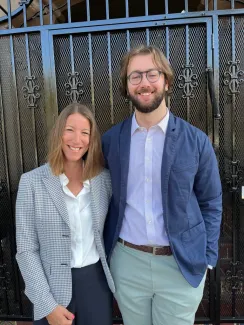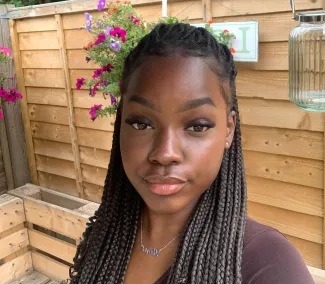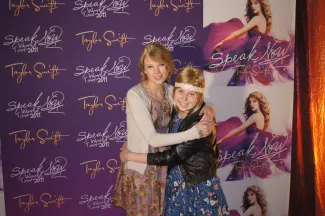
Creating a good practice guideline for communicating with young people with cancer
Nurse Debbie Critoph and Dr Luke Smith are healthcare professionals and researchers in clinical communication in young people with cancer. Here, they tell us about how they developed good practice guidelines to help peers effectively communicate with teenagers and young adults (TYA) with cancer to engage them in the level of communication they need.


